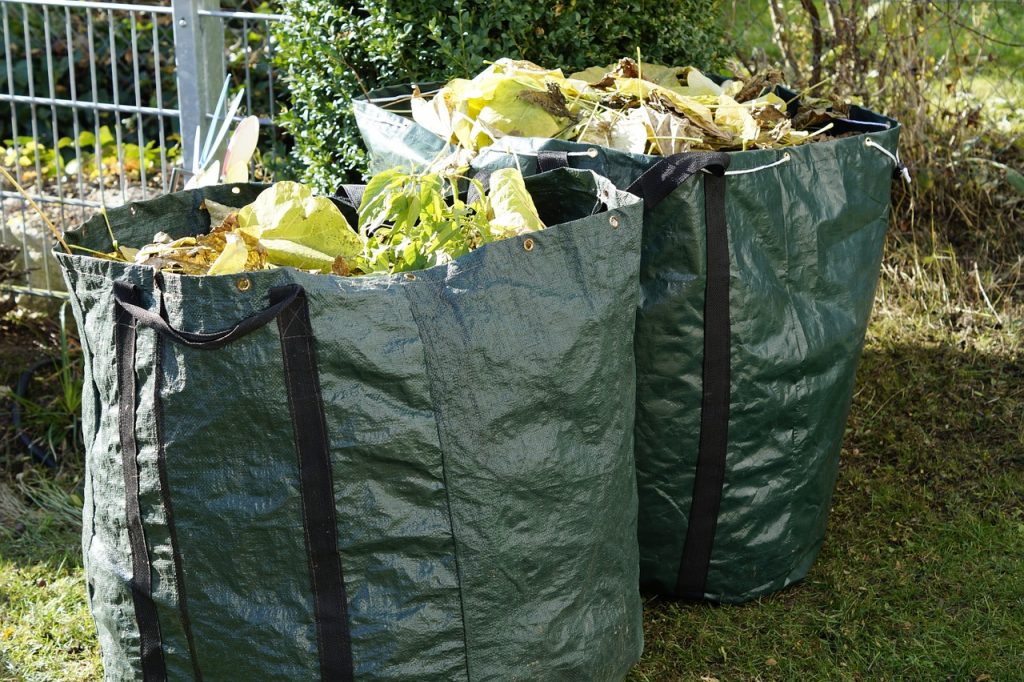Just thinking about the possibility of composting at home is a great eco-friendly move. There are a lot of myths that have grown up around having a composter in the home, which may cause some people to resent and eventually give up on composting. In truth, it’s a hassle-free activity that requires following a few simple rules. Where do I start composting at home?
The first step to composting is to change the way you think about this activity. This is not an activity reserved for fruit growers or farmers who grow on a larger scale. The plants, flowers and herbs you have on your balcony and windowsill need fertilizing too! By composting, you get rid of the waste you have to pay to haul away, plus you get the most natural fertilizer. Having a home composter is a great lesson in ecology for the youngest generation
Depending on your needs, the composter can be of different sizes. There is no need to buy a separate bin for composting, as any bucket and bin with a lid will do the job perfectly. You can start right away! A store-bought composter may have a better design than a regular bucket and come with a carbon filter.

A well-run composter can’t smell bad, collect flies and animals around it, or get moldy! To keep it hygienic, there are a few rules to follow. First of all, take care of what goes into the bin
>> See also: Zero waste shopping. Buying cleaning products without packaging
What not to put in the composter?
Moreover, do not forget to stir the contents from time to time. The composter must have an air supply. The water that collects in the bin should have a chance to evaporate or to collect in a special container at the bottom of the composter. Take care of the right temperature, too. A composter kept on a balcony can be protected by polystyrene foam in winter. In case of severe frost you can move the composter to the cellar. Because of the heating period in the apartments and the high room temperature, it is not a good idea to keep the composter at home. Too high a temperature can cause an unpleasant smell
It’s not necessary, but some people choose to externally support their compost. You can choose a preparation that is a mixture of fungi and bacteria to aid the fermentation process. Another option is to introduce California earthworms into the composter, whose presence increases the value of the compost. You don’t have to worry about the worms leaving the compost bin. The climate inside is ideal for them and as long as you provide them with the right amount of nutrients and temperature, they will do their job perfectly
Home composting is an activity that in other countries no one needs to be convinced to do. In Scandinavia, many households practice composting and as a result, Scandinavians are at the forefront of those who care most about the environment and the planet